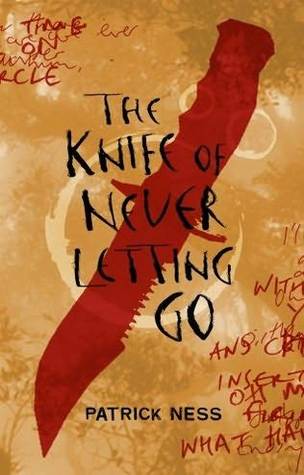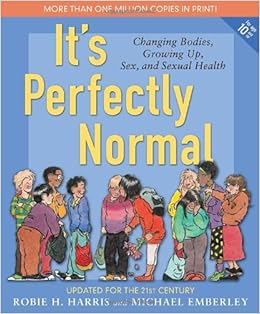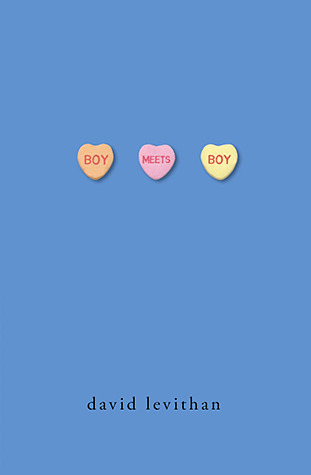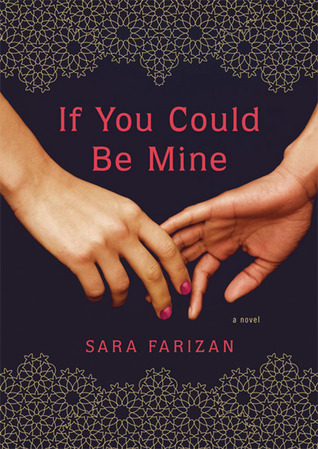Quintero, I. (2014). Gabi: A girl in pieces. TX: Cinco
Puntos
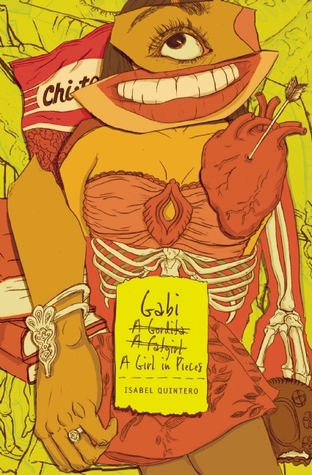
Gabi is a Mexican American
teenage girl in her last year of high school. The novel is written in first
person narrative using her voice. I loved this book due to Gabi fearlessness
and vulnerability. This novel was full of presence and depth. Gabi is an overweight
teenage who is trying to have a body positive image, but she is constantly dealing
with fat shaming from her mother, aunt, and classmates. Being a plus size women
myself now and when I was teenager. In my mind I wasn’t obese I just had curves,
hips, and a butt. I couldn’t wear anything in the junior’s section. I immediate
identified with Gabi. This was just one of the many issues that the book dealt
with. For Gabi it was emotional eating, the plot did not give a lot of
attention or detail to this, but it was a very significant part of Gabi as a
person and finding her voice.
Gabi best friend Sebastian
comes out of the closet as gay at the beginning of the book. He goes through a struggle
with his family coming to terms with his sexuality and him navigating those feelings
of rejection and shame. He is kicked out of his him and moves in with Gabi for
a while. Then there is her other best
friend Cindy who is date raped and become pregnant. Gabi has her thoughts on
slut-shaming and teen pregnancy. Gabi has this strong sense of empowerment
about women having sexual thoughts and actions and that does not make them a
slut or trash. The book also has an intense abortion seen but the character is never
made to feel ashamed or less than. In my opinion that was very brave of the
author and was refreshing. It made Cindy seem human and vulnerable I was definite
in tears on that part.
Gabi’s father
is a meth addict, and he isn’t in the book a lot as the reader we get to view how
difficult this is for Gabi she is mourning him and watching him slowly die in
front of her. How many young adults can relate to a family member that deals
with any addiction at all. Gabi’s voice and perceptive gives the reader a voice
and help them feel likes someone else is going through the same things that
they are. Race was also a theme is the book because culturally you see Gabi as
a Mexican American, the author uses Spanish casually and the description of the
delicious foods and culture.
There is
a suicide in this book. It is significant to Gabi. Gabi decides to write
letters to the deceased character, telling them how much she misses and loves
them. This is a very intense part of the book, but it was beautifully written
and shows the grief that Gabi goes through but also the healing and acceptance part.
There were a lot of heavy deep topics that were addressed in this book. Some
were handled better than others but overall it was an emotional, vulnerable,
and transparent novel of a 17-year-old girl going through all the difficult hard
to talk about things of life. The book
has won several awards. It received the Tomas Rivera Mexican American Children’s
Book Award, William C. Morris YA Debut Award, California Book Award for Young
Adult, and a Lincoln Award Nominee. Below is a link to author’s website.
Grade Level Recommendation: 9-12th
